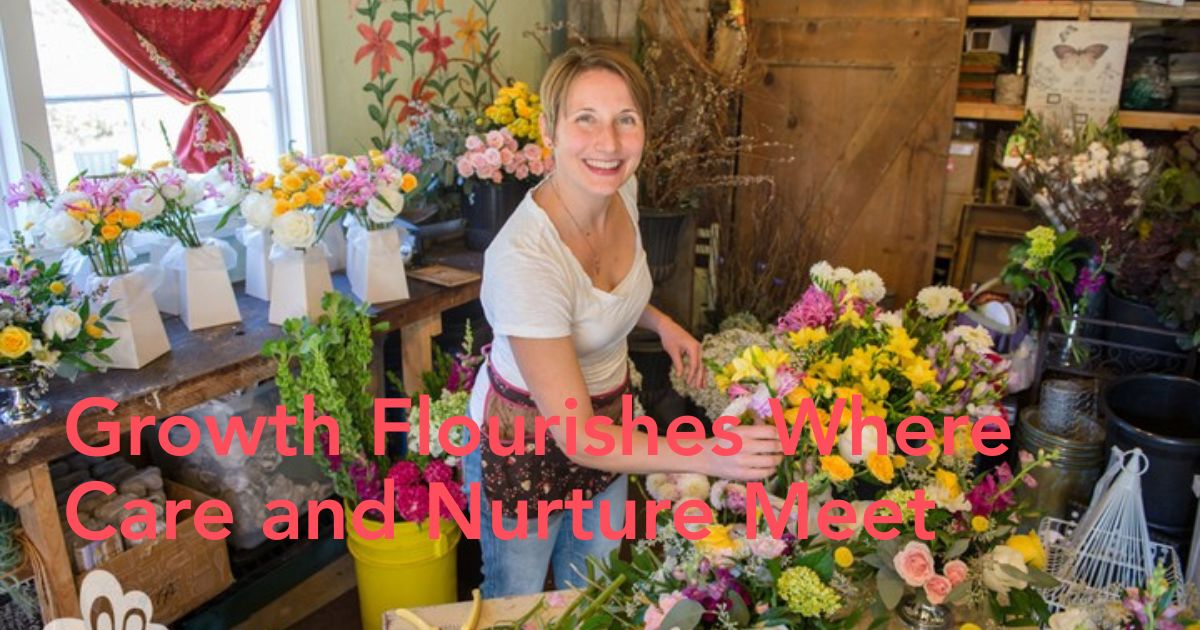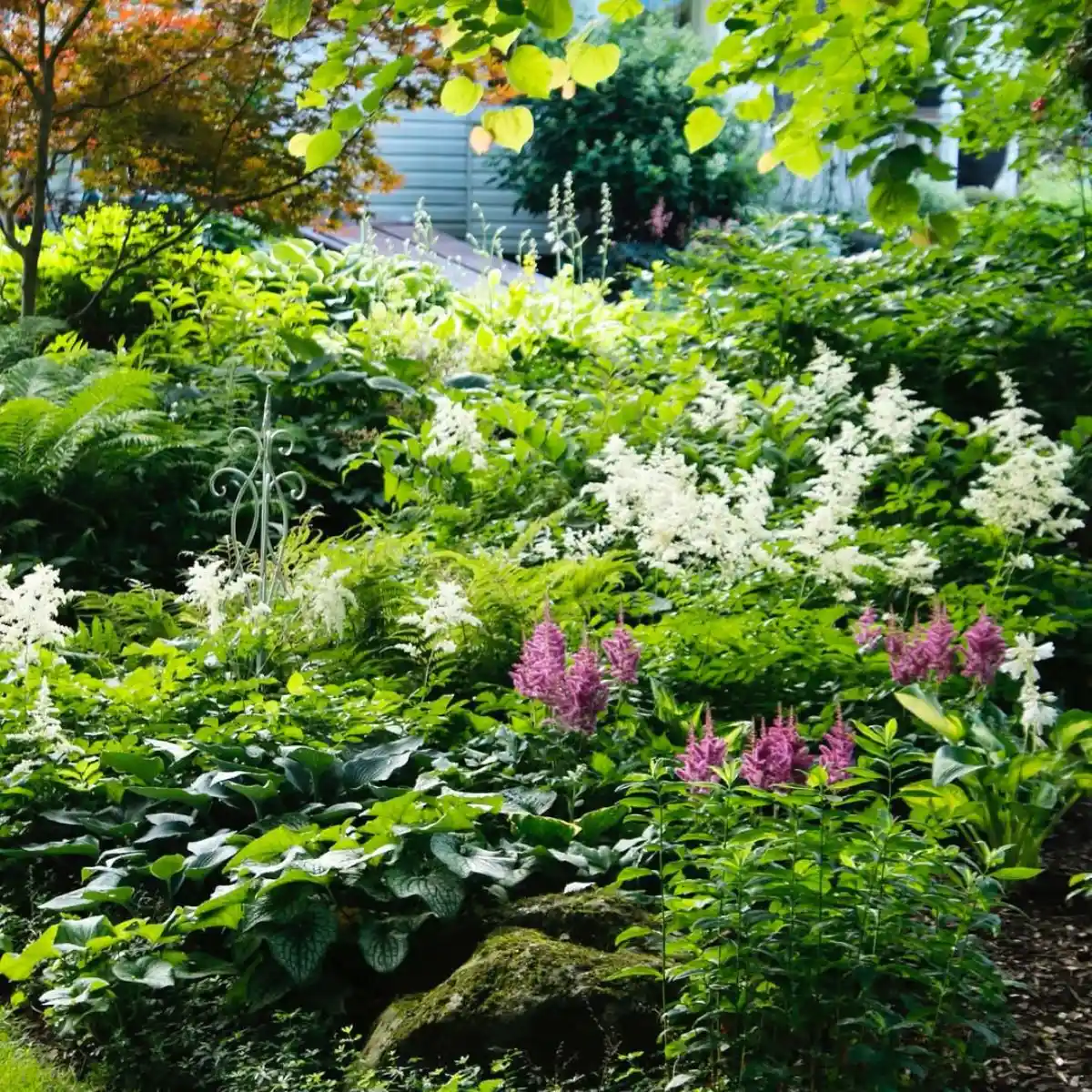Growth is an inevitable part of life. From the moment a seed is planted in the soil, it begins a journey filled with challenges, opportunities, and transformation. In many ways, human learning and personal development mirror this natural process. Just like plants, we require the right environment, nourishment, and care to thrive and reach our fullest potential. You can read more about Benefits of Integrating Flowers and Plants in School Environments
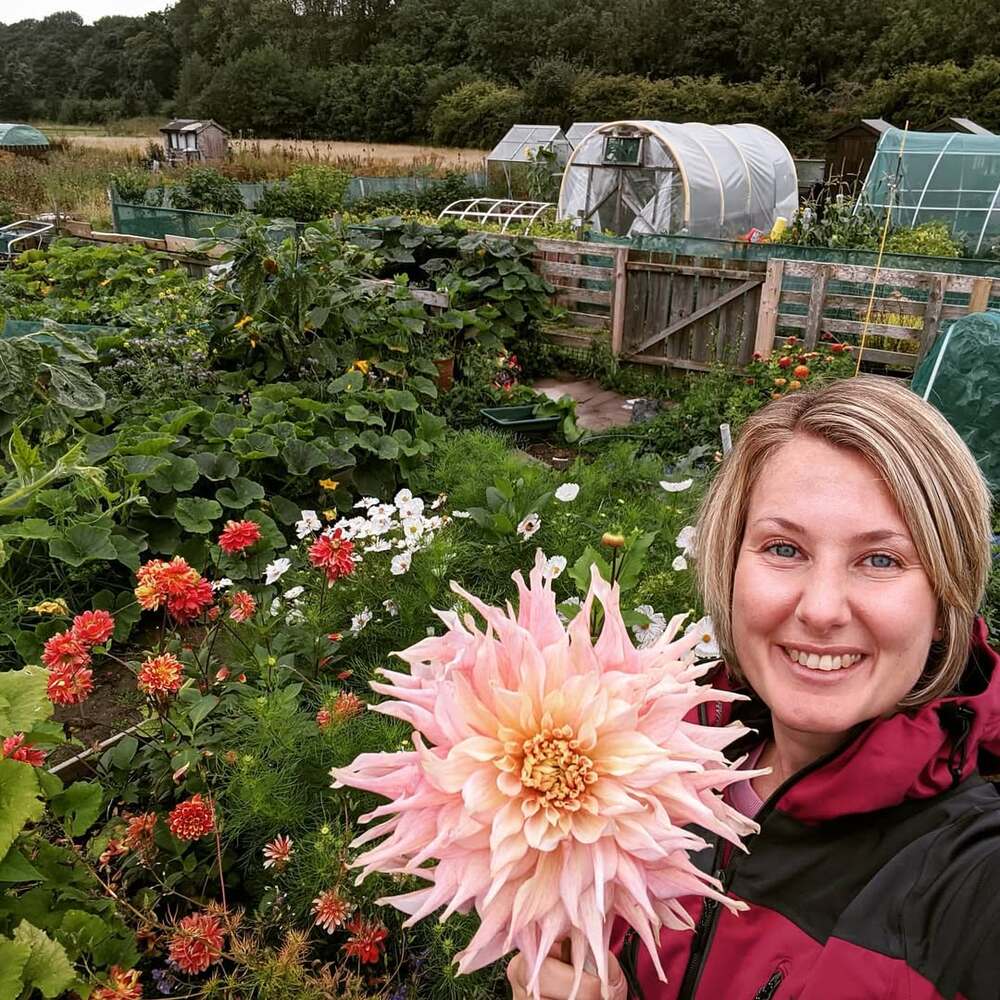
Lessons from the Roots: Building a Strong Foundation
Roots are often invisible, but they are the most critical part of any plant. Without a healthy root system, flowers and trees cannot grow tall or survive long-term. In human development, roots symbolize the foundational skills, values, and experiences that support growth.
- In education, roots are basic literacy, numeracy, and problem-solving skills.
- In careers, roots represent discipline, communication, and adaptability.
- In life, they embody our principles, relationships, and emotional grounding.
In education, growth often comes through structured learning tools that help individuals track progress and refine their understanding. Just as water and sunlight fuel a plant’s survival, resources like a practice test online provide learners with guidance and reinforcement, helping them cultivate the skills they need to grow. These parallels between nature and learning reveal timeless truths about how we evolve both personally and professionally.
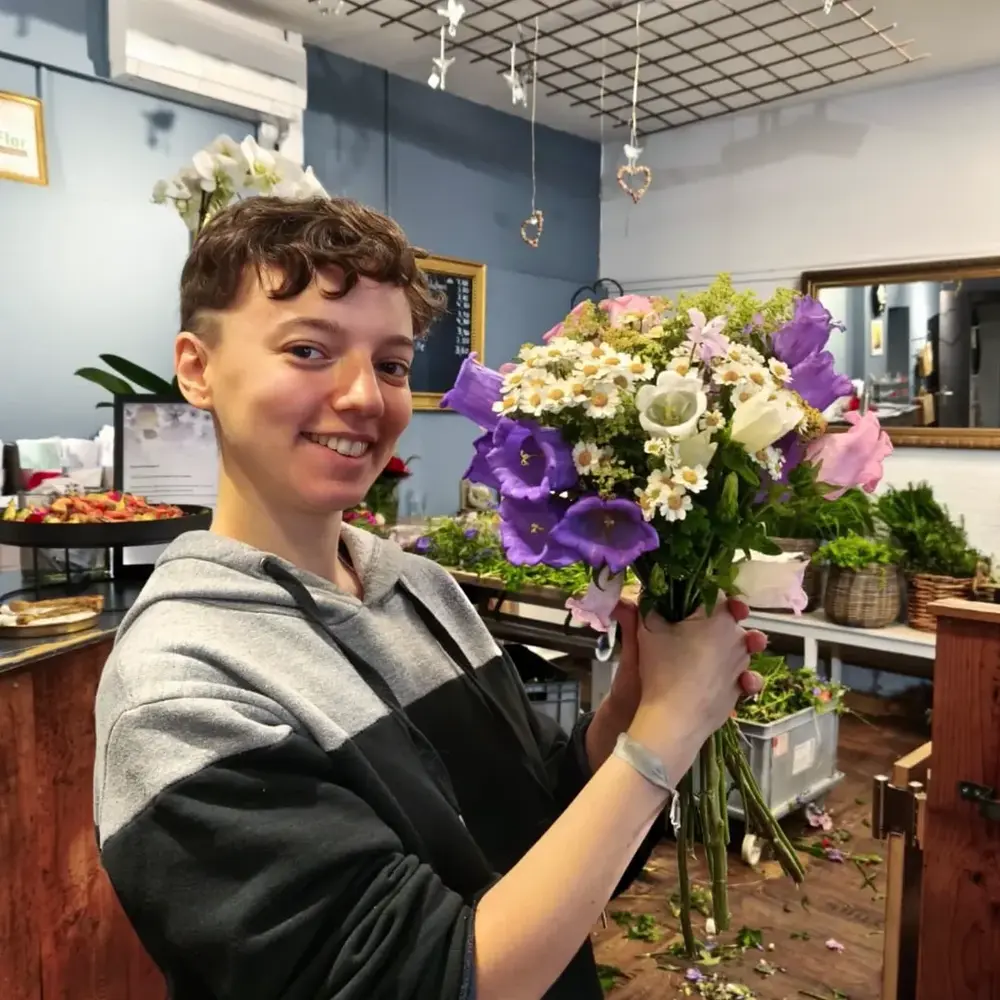
Stems and Leaves: Channels of Progress
After roots are established, plants develop stems and leaves that allow them to reach higher, gather sunlight, and generate energy. In human terms, this stage represents the application of knowledge and skills.
- For students, it’s applying theories in real-world projects.
- For professionals, it’s using training to solve practical problems.
- For individuals, it’s transforming experiences into wisdom.
The stem shows us that growth is about movement—constantly reaching upward while staying grounded. Leaves remind us that growth requires balance: just as too much sun can scorch a plant, overexertion without reflection can lead to burnout. Sustainable growth comes from harmony.

Blossoming: Achievements and Contributions
The bloom of a flower is its most celebrated stage, but it’s also the result of patience, resilience, and perseverance. For humans, blooming symbolizes achievement, fulfillment, and the sharing of gifts with others.
Graduation after years of study, a promotion after steady work, or personal milestones like improved confidence are examples of this flowering stage. Importantly, a bloom is not only for itself—it provides beauty, food, and seeds for the future.
This reflects a key truth: real growth isn’t just about personal success but also about contributing to others. Our achievements inspire, support, and nurture the growth of those around us.
Resilience in Nature: Survival Against the Odds
Plants are powerful teachers of resilience. A desert cactus thrives with minimal water, proving that adaptability matters more than abundance. Trees that bend in storms rather than snap demonstrate flexibility in adversity. Weeds push through cracks in pavement, showing that persistence finds a way.
Humans encounter storms, too. In education, it may be a subject we find difficult. In careers, it’s setbacks or failures. In my personal life, it’s unforeseen challenges.
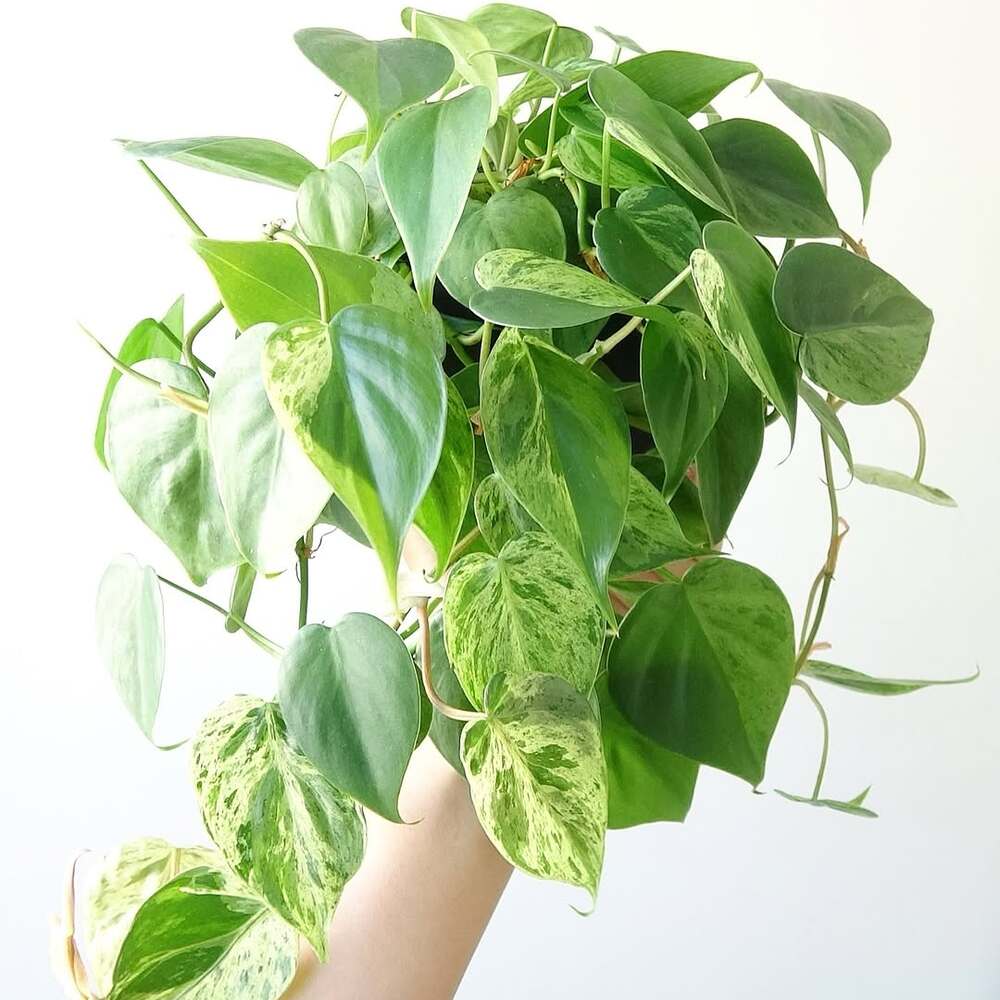
Seasons of Learning: Growth in Cycles
No flower blooms all year round. Plants grow, rest, and renew in cycles aligned with the seasons. Similarly, human growth is not constant—it follows rhythms.
- Spring represents curiosity and new beginnings, such as starting a new course or job.
- Summer is productivity and confidence, where skills are applied actively.
- Autumn brings reflection and harvest, celebrating results while learning from mistakes.
- Winter symbolizes rest and preparation, a time for self-care and readiness for the next stage.
Recognizing these cycles allows us to respect the pauses in our journey instead of fearing them. Rest and renewal are as essential as effort and ambition.
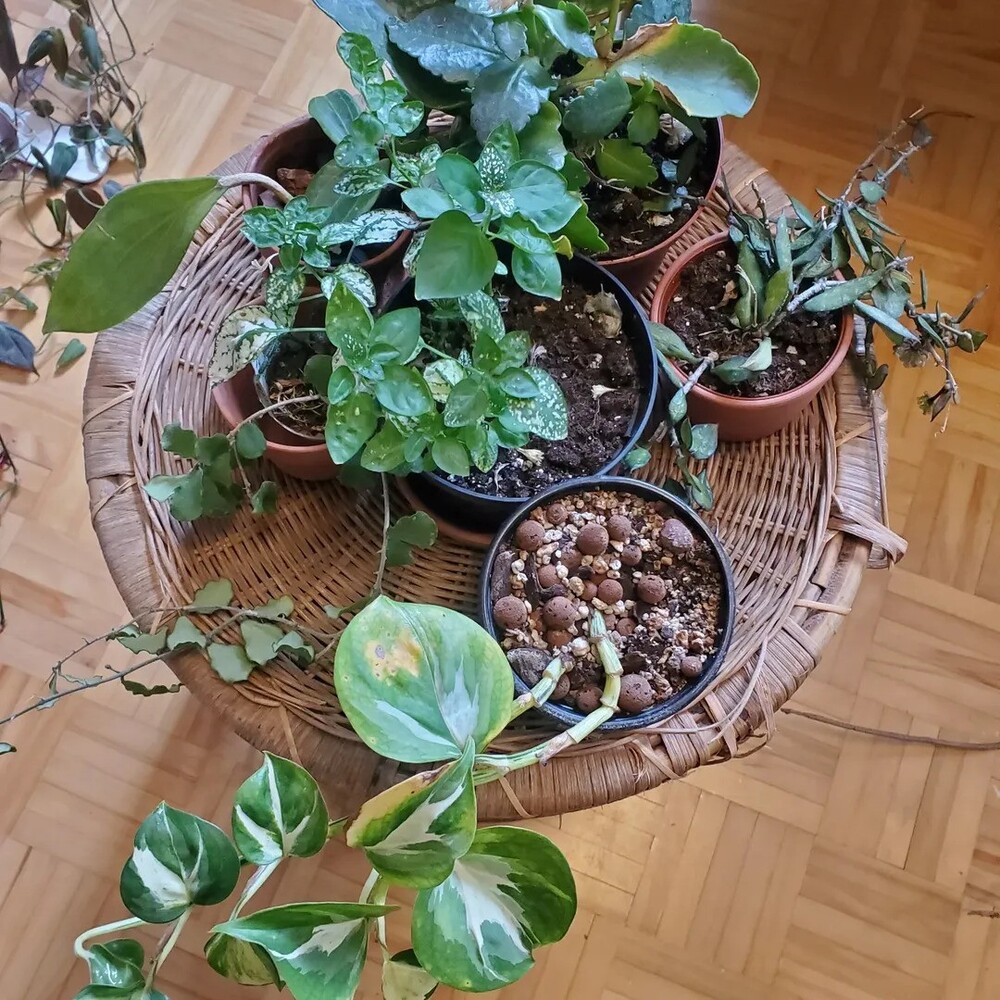
Education Through a Natural Lens
Educators often compare learning to gardening. A teacher is like a gardener, ensuring that the right environment is in place for students to flourish.
- Personalized support is like tailoring care to each plant’s needs.
- A nurturing environment provides encouragement, resources, and opportunities.
- Patience ensures that students are given time to grow at their own pace.
Plants remind us that mistakes, setbacks, and slower growth are natural parts of the process. Education is not about rushing but about cultivating meaningful and lasting skills.
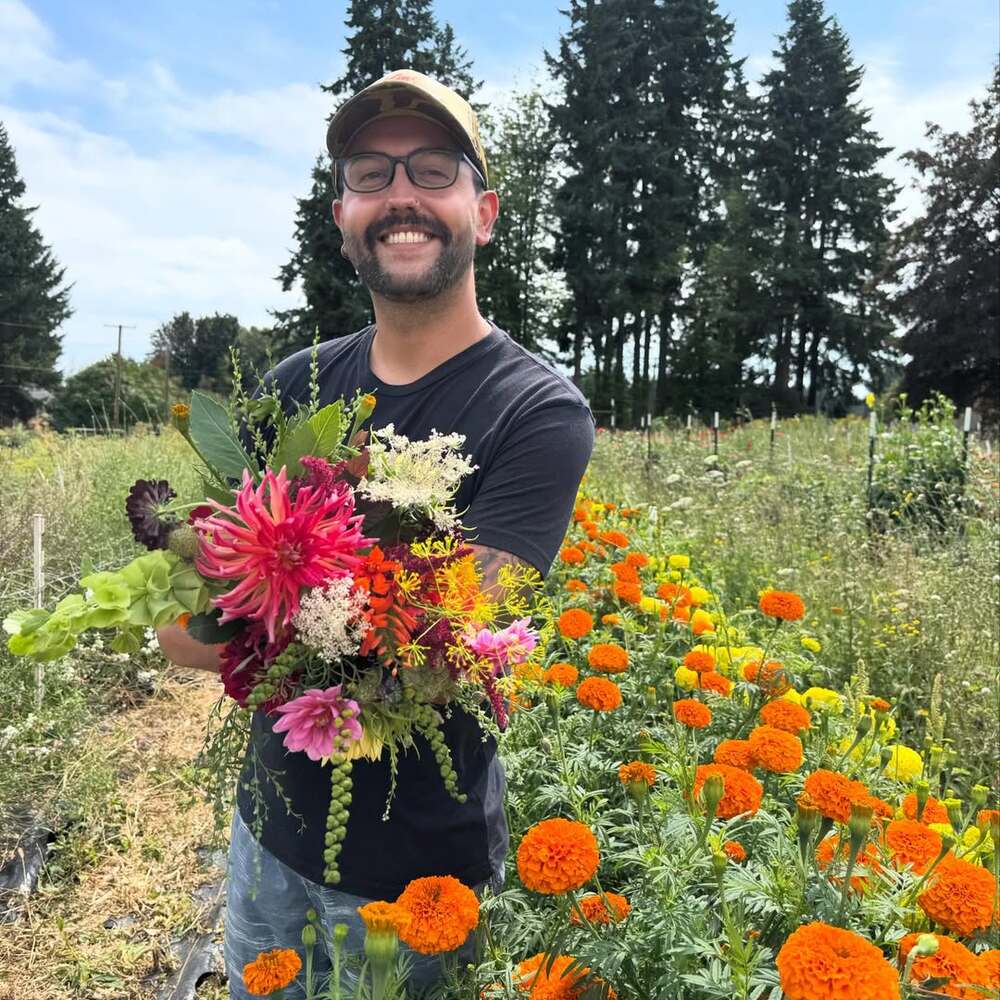
Growth in Professional and Personal Life
The symbolism of flowers extends into professional and personal development. A career begins with roots—training and foundational skills. With time, opportunities grow like stems and leaves. With dedication, achievements bloom.
In personal growth, resilience and self-awareness guide us through challenges. Lifelong learners, much like perennials, continue to grow through cycles of trial and renewal. These individuals embrace new opportunities, knowing growth never ends.
Seeds of Knowledge: Sharing Growth With Others
Perhaps the most inspiring lesson plants offer is the spreading of seeds. Growth is not just personal—it’s communal. Teachers plant seeds of curiosity in their students. Leaders mentor others. Parents pass wisdom to children.
By sharing what we learn, we ensure that growth continues beyond ourselves. Like seeds carried by wind, knowledge spreads far and wide, creating new possibilities in unexpected places.

Lessons for a Lifetime
Flowers and plants are more than just parts of nature—they are timeless mentors. They teach us about patience, resilience, and the value of building strong foundations. They remind us that growth happens in cycles, not in straight lines, and that achievements are most meaningful when they contribute to others.

